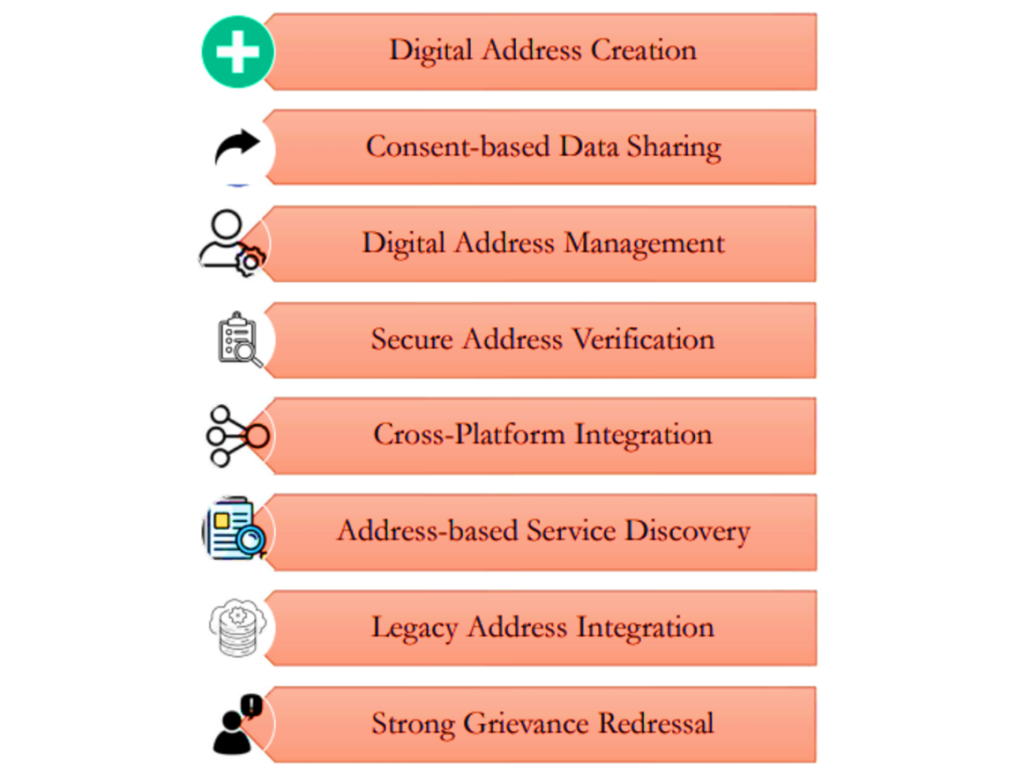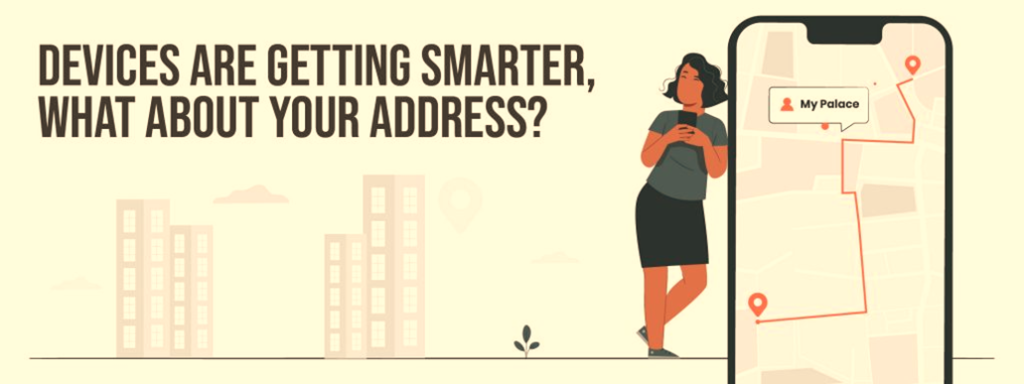Department of Posts launches DHRUVA—Digital Hub for Reference and Unique Virtual Address—to transform address management in India. DHRUVA builds on the Digital Postal Index Number (DIGIPIN), a robust, geo-coded addressing system introduced as part of India’s National Addressing Grid. It aims to make governance, e-commerce, and emergency services faster and more efficient.
What Is DHRUVA Policy ?
Why In News
- Department of Posts launches DHRUVA—Digital Hub for Reference and Unique Virtual Address—to transform address management in India. DHRUVA builds on the Digital Postal Index Number (DIGIPIN), a robust, geo-coded addressing system introduced as part of India’s National Addressing Grid. It aims to make governance, e-commerce, and emergency services faster and more efficient.
How Is DHRUVA Built
- Department of Posts leads DHRUVA, working with experts like IIT Hyderabad and ISRO’s National Remote Sensing Centre (NRSC). It aligns with the National Geospatial Policy 2022, which pushes for advanced location-based governance.
- The system uses a grid-based structure, dividing India into 16 regions, each split into smaller units for precise mapping. DIGIPIN codes are scalable and work offline or online, integrating with existing geographic information systems (GIS).
- The government also plans to pass a new law in the 2025 winter session of Parliament to create an authority to oversee this digital address system. This ensures long-term governance and accountability.
Key Interfaces of DHRUVA
Significance
- India’s traditional addressing system, including the six-digit PIN code introduced in 1972, works well for postal services but struggles with modern needs. E-commerce, food delivery, emergency response, and government schemes require exact locations.
- DHRUVA is a DPI being developed by DoP to provide a unique digital address for every home in India.
- It creates a secure digital environment through which users can share accurate address information by leveraging a geo-coded framework.
- Aim: To recognize address information management as a foundational public infrastructure vital for effective governance, inclusive service delivery, and enhanced user experience.
- Consists of 2 key Layers:
- Digital Postal Index Number (DIGIPIN): It is a 10- digit alpha-numeric code representing geographic coordinates (latitude-longitude), developed by creating uniform approximately 4×4 meter grids on India’s territory. DIGIPIN uniquely identifies locations using geospatial data.
- Digital Address Layer: It is a user-centric, consent-based system built on DIGIPIN, allowing users to create customized labels to represent their DIGIPIN and descriptive addresses.
- DHRUVA policy addresses these gaps by:
- Improving Accuracy => DIGIPIN uses GPS coordinates to ensure precise location mapping, reducing errors in deliveries or emergency responses.
- Enhancing Governance => It helps the government deliver schemes, like vaccinations or subsidies, directly to the right people, especially in underserved areas.
- Protecting Privacy => DHRUVA ensures addresses are shared only with user consent, giving citizens control over their data.
- Boosting Businesses => Companies can use accurate addresses to improve logistics, verify customers for KYC, and build trust in online transactions.
- Supporting Digital India => It aligns with the National Geospatial Policy 2022, aiming to make India a global leader in geospatial technology.
How Does DHRUVA Work
- DHRUVA introduces Address-as-a-Service (AaaS), a system where addresses are managed digitally, shared securely, and updated easily.
- Geo-Coded Precision => DIGIPIN, the backbone of DHRUVA, assigns a 10-character alphanumeric code (e.g., 4J7P2K9W3X) to every location based on its latitude and longitude. Unlike traditional PIN codes that cover large areas, DIGIPIN pinpoints individual homes or businesses. It’s especially helpful in rural areas, slums, or hilly regions where addresses are unclear.
- User-Friendly Digital Addresses => User can create a simple digital address, linked to DIGIPIN. It works like a UPI ID, making it easy to share addresses with a single click. It provides control over who sees it, and ensures privacy.
- Interoperability and Standardization => DHRUVA ensures all address systems—used by banks, e-commerce, or government—work together. It standardizes formats so everyone uses the same accurate data.
- Mobile-First and Multilingual => The platform supports multiple languages and works on mobile devices, making it accessible to everyone, from urban techies to rural farmers. It also integrates with Aadhaar for seamless verification.



























